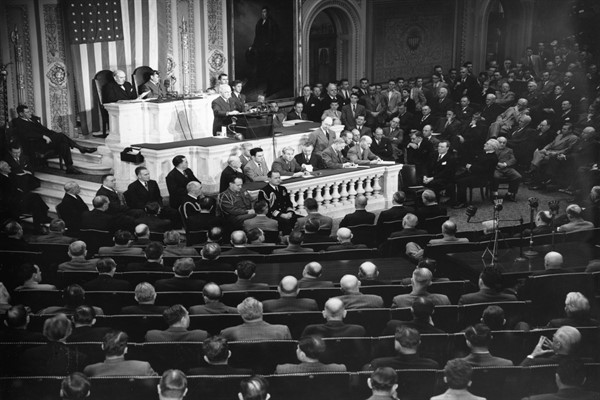Almost exactly 75 years ago, on March 12, 1947, then-President Harry S. Truman, alarmed by Soviet aggression in the Eastern Mediterranean and its efforts to undermine war-ravaged democracies in Western Europe, announced a dramatic reorientation of the United States’ national security policy.
Addressing a joint session of Congress, he committed the U.S. to a new global mission to contain the Soviet Union by “support[ing] free peoples who are resisting attempted subjugation by armed minorities or outside pressures.” The speech set off a 15-week frenzy of diplomatic activity that culminated on June 5 with the proposal of the Marshall Plan.
This new grand strategy—now known as the Truman doctrine—was not the orientation members of the U.S. foreign policy establishment had anticipated during World War II. As I outlined in my 2009 book, “The Best Laid Plans: The Origins of American Multilateralism and the Dawn of the Cold War,” Franklin D. Roosevelt’s administration had instead laid the groundwork for an open, rule-bound postwar world undergirded by new international institutions. Its twin pillars were to be a universal security system—the United Nations—and a multilateral economic order directed by the Bretton Woods institutions and a potential new international trade organization.

